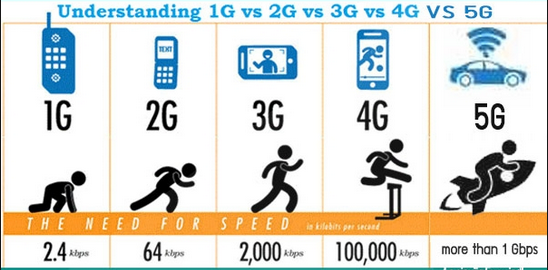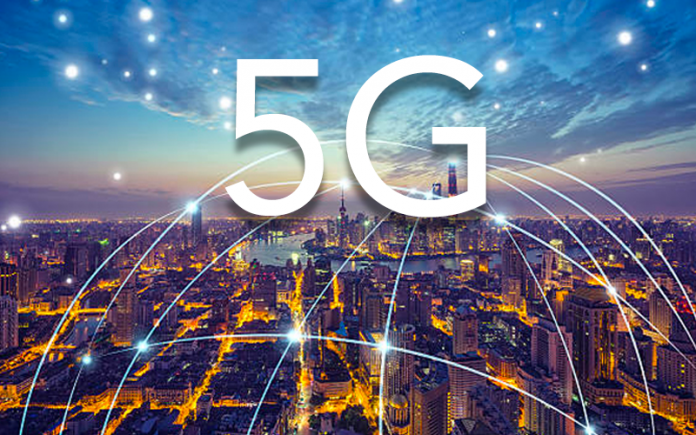Do you remember what the first mobiles were like? Nothing to do with smartphones or current face recognition

Heavy devices with very little autonomy with which we could only make calls (yes, that time when the phone was still used to talk) and send text messages
In the 90s Nokia, Motorola, Ericsson began to incorporate 2G networks, replaced by 3G (in 2001), followed by 4G (in 2009), which is the one we use today in our mobile devices.
Now, we begin to talk about the imminent arrival of 5G networks. What are they going to suppose? What changes and new experiences will we live with our smartphones?
Some speak of a new era, a much larger technological leap than we already experienced with the arrival of 4G.
For others, however, this great technological leap has a double side.
Let’s review the advantages:
-
Speed
Logically, 5G technology will be much faster than 4G. As the experts say, a 5G phone (in a 5G city) can reach an Internet speed of up to 20. The 5G latency (the delay or waiting time that occurs before the data starts to flow) is one tenth
2.- Capacity
The arrival of 5G also means enormous advances in capacity, something that our telephone operators will have to take into account. 5G networks should offer cheaper (and unlimited, real) Internet access.
There will be no difference between Wi-Fi and 5G when it comes to downloading. In fact, we prefer to opt for the 5G, since it will be faster than any network that we have at home or in the office.
3.- More powerful mobiles
The new smartphones that incorporate 5G will no longer be limited by the capacity of the battery, nor by the heat. Experts say we can connect them to powerful computers.
4.- Not only for phones
The new 5G technology goes beyond the world of smartphones. Industrial machines, agricultural equipment, cars
And among all this technology connected to each other, will make some transmissions have preference over others.
For example, when two cars that drive alone need to communicate to avoid collision, their data will have preference over others (such as a download that we are making at that moment or a video that we are watching).
But not everything are advantages
No, as we said at the beginning, not everyone shares the same enthusiasm for the arrival of 5G technology.
We will have a much higher speed, true. But this will force us to update all mobile transmitters (and install many more
The 5G millimeter wave (this super fast coverage we talked about) will only be available in densely populated cities. What will happen then in suburban and rural areas? Well, the 5G will offer a lower speed (although suppose “only” about 9 times more than the current speed, experts say).
On the other hand, there will be an inevitable impact on the environment: it will be necessary to install more light poles and boxes, more wiring
Providing a more industrial aspect (which, surely, will not always welcome).
What is clear is that the arrival of 5G technology is imminent. There were talk of 2020, but the truth is that the major mobile phone operators will begin to connect their new 5G networks in several cities by the end of 2018.
By then then the first 5G smartphones? We will not have to wait long: it is estimated that they go on sale at the beginning of 2019.














